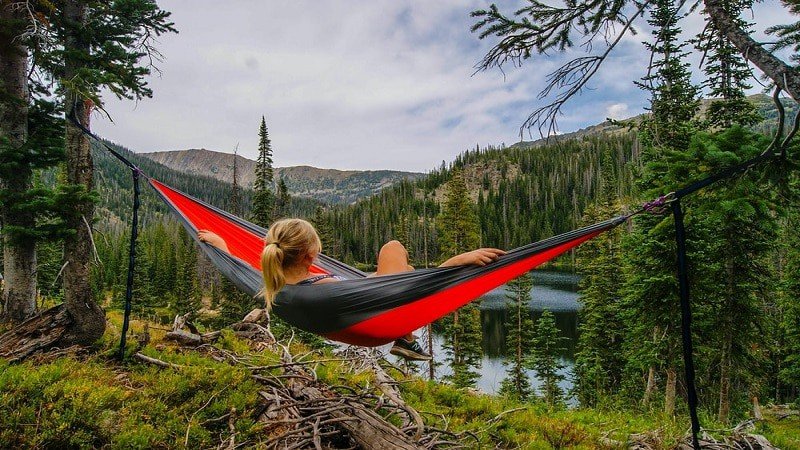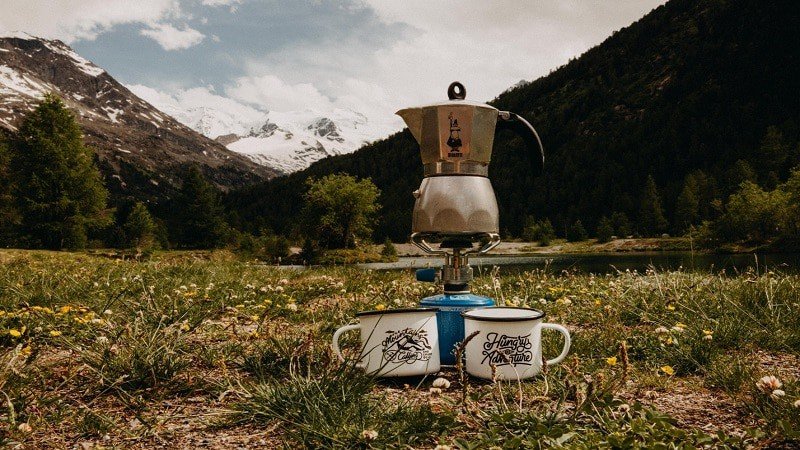Learning how to pack for camping is essential in order to avoid getting caught unprepared in the outdoors. While staying in the wilderness doesn’t usually require a lot in the shoe and clothing departments, but there are definitely a few important things that you don’t want to forget.
How to Pack for Camping in 5 Categories
When it comes to packing for a camping trip, there is no right way to do so because the items you’ll need depend entirely on the type of outdoor activities you’re planning to perform. However, you can certainly take care of the basic necessities. Learn how to pack for camping with our following mini-guide, and get started with the process:
1. Identifying Your Basic Camping Needs
Decide on Your Outdoor Activities
The supplies that you’ll need on your camping trip mainly depend on the activities you’re planning to engage in. For example, if you’re planning to go on a fishing trip you’ll need equipment such as a tackle box, fishing rods, etc. If you plan to go swimming, you’ll require a bathing suit.
Create a Checklist
Once you’ve decided on the activities, create a checklist and note down all the items you’ll need. Collect all the necessary supplies and keep crossing them off as you go.
Evaluate Your Equipment for Functionality and Damage
Test all your gear before you pack it. If you haven’t used your equipment in a long time, you might need to go over the instructions on how to use it in order to make the most of it. For instance, you might need to replace the gas canister of your portable gas stove or change the batteries of your vehicle in case they are worn out. In addition, check your tents, sleeping bags, and blankets for any tears, and repair them as required.
Find Out the Campsite Regulations
Every campsite offers different type of activities and each of them has different rules and regulations regarding what type of equipment you can and can’t bring. For instance, there are some campsites that allow automobile and campers while some only allow portable shelter gear such as tents. Moreover, some campsites don’t allow fires and some do. Therefore, it’s best to check the website of the campsite or reach to out to its authority in order to understand in what ways you’ll be allowed to utilize your campsite.
Inquire About Campfires
A campfire with friends completes a camping trip like no other. Check if you can have this camping activity. If you can, take your lighter and firewood to start the fire. You can even take a bag of marshmallows with you and enjoy having a chat with your friends while sitting around the fire and making s’mores.
2. Pack Basic Supplies
Take a Tent
One of the most common sources of shelter that is used during a camping trip is a tent. They come in various sizes. You can opt for a single-person, small tent if you’re camping along. However, in case of more people, choose a tent accordingly. Moreover, set your tent once or twice in your yard if you haven’t done so in a long time in order to get some practice.
Take a Backpack
If you’re planning on climbing on a high slop or going hiking, it is best to carry a backpack with you. The more intense the hiking activity, the larger the backpack you’ll require. There are two types of large backpacks; one with an external frame and the other with an internal frame. While the internal frame backpacks are costly, they do provide a more comfortable experience. The external frame backpacks, on the other hand, are reasonably priced but are relatively bulkier.
Pack a Flashlight and Foldable Chairs
A headlamp or a flashlight that is powered with batteries comes extremely handy when you’re trying to find your way around the campsite during nighttime. Make sure you take extra batteries with you. In addition to lights, pack some foldable chairs. They give you a perfect space to sit around the campfire. Moreover, they are quite lightweight and hence can be carried with ease.
3. Take Care of Your Dining Needs
Pack the Eatables
There isn’t any specific amount of water or food that you need to pack for your trip. This step mainly depends on your personal requirements. If the duration of your camping trip is quite long and you think that you’ll require a lot of food then pack accordingly. You can cut down on the eatables if you don’t eat much. However, it is best to carry some extra supplies in case of emergencies.
Pack Some Cookware
No matter how amazing of a campfire you’ve going on at your campsite, you won’t be able to prepare food without proper cookware. While you can take your regular cookware with you, it would be better to take a lighter and smaller set of supplies that are specifically designed for camping purposes.
Pack Some Disposable Tableware
Once you’ve successfully prepared food, you’ll need some tableware to eat it in. Disposable tableware such as paper cups and plates are ideal as you can toss them right then and there. Also carry some plastic or washables utensils with you.
Prepare Possible Things in Advance
Before you set off for your camping trip, prepare what you can in advance. You can slice vegetables, wrap potatoes in aluminum foil and marinate meats at home. This will allow you to enjoy your camping trip without wasting any extra time.
4. Pack Navigational and Safety Items
Carry a First-Aid Kit
Carrying a first-aid kit on a camping trip is a must. It can help you deal with cuts, bumps and burns. Your first-aid kit should contain cold packs, bandages and even anti-bacterial creams. Packing some common medicines such as pain killers might also come in handy.
Pack Whistles
When hiking on a mountain, whistles allow you to signal your location. Additionally, they can also be useful in case you encounter danger or get lost. Personal alarms are also a great substitute to whistles. These portable devices allow you to produce a loud sound and indicate that you need help.
Pack a Portable GPS or Compass
A portable GPS or compass enables you to find your way around the camp. They specially become useful on day hikes and outdoor activities that take place over a large area of ground.
Get a Map
If you’re planning to climb mountains during your camping trip or go on day hikes, it is essential that you get a map of that particular area. You can easily get the map of your campsite from the campsite authority.
5. Organize Everything
Pack Your Kitchen Supplies in a Plastic Tote Bag
A big, clear tote allows you to store all your supplies in one place while allowing you to quickly identify where each item is located. It is best practice to place smaller, lighter items such as dishtowels and utensils on top of the pots and pans that are heavier in weight.
Pack Similar Items in One Place
Place similar supplies in re-sealable bags. For instance, you can bag toiletries like your toothbrush, floss and toothpaste together.
Use a Small Bag to Store Weather-Appropriate Clothes
Lastly, remember to pack weather-appropriate clothes. For instance, if you’re going on a camping trip during the winters, pack winter hats, coats, mittens and so on. The amount of clothes you’ll need depends on the length of your trip. Remember no to over-pack and carry an extra bag to store dirty clothes.
Our Final Thoughts
Finally wrapping up our guide, we hope you found something worth your while in the aforementioned information. Taking a camping trip is a great way to go outdoors with friends, family or even simply by yourself. Part of the joy of such trips is needing very little equipment to exist outdoors. However, it is important to have all your basic necessities covered so that you can have a comfortable, homey and convenient campsite. Use the above mentioned tips on how to pack for camping in order to enjoy your trip to the fullest.











